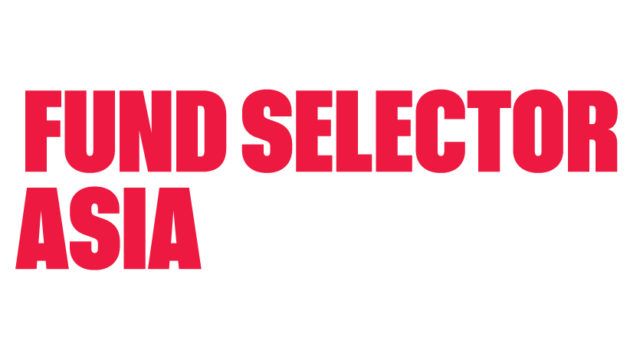Calich said M&G has been holding local bonds from both the countries for about a year.
“On Indonesia, I had added government bonds with a view that both rates and the Indonesia rupiah were attractive (and still are in my opinion), given stable-to-improving fundamentals, oil price subsidy reduction and more efficient fiscal allocation of resources, reform momentum and a modest current account deficit,” she said.
In the case of India, the manager looks for exposure through currency forwards.
“On India, it is more of a technicality, but we don’t have local accounts set up yet, so my only way to gain exposure is through the currency forwards.
“Otherwise, I would have been very happy to own local bonds as I see India as an attractive market given the disinflation trend, lower oil prices, reform momentum, a credible central bank and relatively high yields.”
Help from oil
In December, Raghuram Rajan, the Reserve Bank of India governor, said in a public statement the current account deficit widened to 2.1% of the gross domestic product during the July-September quarter. This compares with 1.2% during the same period a year prior.
According to reports, the central bank is comfortable with the widening of the deficit as the the fall in oil prices is expected to provide some cushion going forward. Oil has been subsidised by the state and with falling prices, the government’s balance sheet will benefit by reduced subsidy payments.
In the case of India and Indonesia, the policies of the new governments have had a positive impact on investments. These were the only two markets in Asia that managed to perform well in equities and fixed income in 2014 despite a strong dollar environment, Calich added.
Watching local currency
According to Calich, asset allocation between hard and local currency will remain a key driver of returns, particularly in the earlier part of 2015.
“I expect additional [local] currency depreciation versus the US dollar in the first part of the year.
“As time passes, some of this depreciation will start lowering a few countries’ current account deficits through lower imports and/or higher exports, which will reduce the need for further depreciation. Also, we should see better clarity on where will oil prices will settle as the year progresses.”
Given the potential upsurge in the US dollar, credit selection within the hard currency space will remain even more important than it was in 2014.
Having said that, she said emerging market corporates tend to have better credit metrics than their US counterparts for a similar credit rating class, while offering much wider spreads than developed markets.
However, EM corporates have comparatively more risks, such as political or country-specific risks, she added.

















